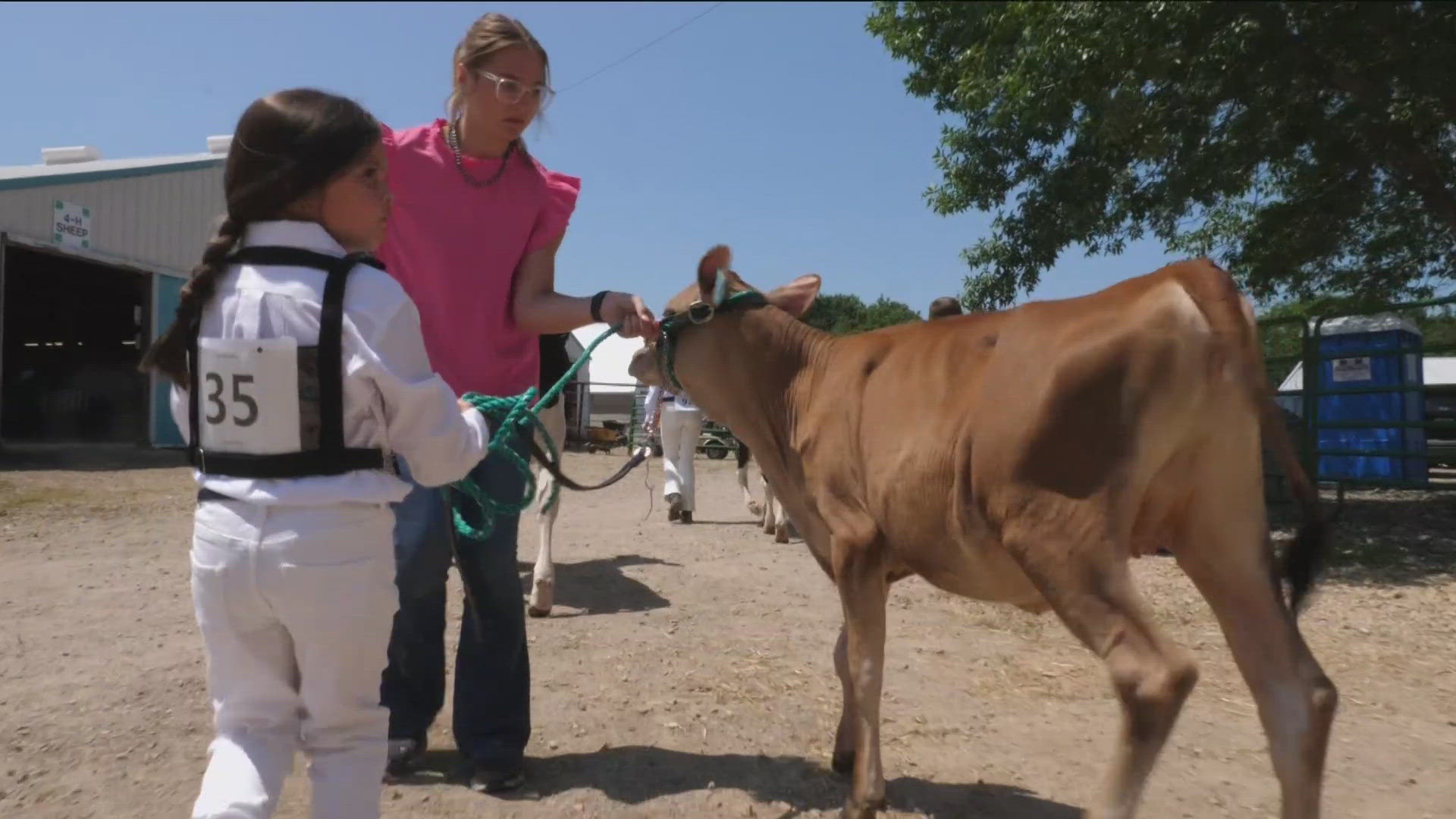ST PAUL, Minn. — This week, the Minnesota Board of Animal Health announced it detected the bird flu (H5N1) in another herd of dairy cattle.
The virus spreads very easily and experts are implementing new safety measures, especially as county fair season begins and everyone looks ahead to the Minnesota State Fair.
The virus is the same one decimating the poultry industry. It was discovered in livestock for the first time back in March, according to University of Minnesota extension educator Abby Schuft.
Yet, despite new, statewide testing requirements, the virus keeps spreading, infecting more than just chickens and cows. Birds like grackles, sparrows and swallows have also been affected.
And now, nine dairy cow herds are infected across Minnesota, including in Benton and Sibley Counties. Schuft says the news is a surprising twist in the virus' saga since cattle can't usually get respiratory infections.
"Viruses are very strong and they will evolve and mutate as needed in order to find hosts for them to survive," said Schuft. "Virologists and experts have always said all along, that the rules of influenza are: There are no rules."
The virus spreads mostly through raw milk and has the state cracking down on lactating cows. Part of the new requirements include a negative H5N1 test result and Certificate of Veterinary Inspection (CVI) for all lactating cows to attend any exhibition in Minnesota. The requirements are effective until Dec. 31, 2024.
The rule is now forcing some farmers to decide whether to bring their cattle to county fairs at all.
"So even if you bring that one here, you have that whole herd at home that could be affected," said Waseca County Fair Director Jennie Johnson. "It's a pretty big thing to think about."
Johnson said the Waseca County Fair is abiding by the state's requirement, in addition to not keeping certain cattle there overnight. Another local fair says it's only showing cattle virtually.
According to the state, an infected herd has to be quarantined for at least 30 days and pass three consecutive tests to try and stop the spread of the disease — which is more deadly for birds.
Schuft says the bird flu has killed 8.1 million birds in Minnesota since March of 2022 and 99.1 million birds nationally.
She says the virus isn't waning this summer like it traditionally does, and that's a concern heading into the fall migration period.
"With more animals being susceptible and being a host for that virus, there's more virus around," said Schuft.
The danger to the public remains low, but there have been five cases of the virus transmitting to humans since 2022. They are farm workers who had regular and more prolonged contact with dairy cows.
Schuft says the best protection for humans is to simply wash your hands before and after petting an animal.
In response to the infections, the Minnesota State Fair wrote this:
"The health and safety of our fair guests and animals are top priorities. We are monitoring the situation as it evolves through the county fair season.
"As we approach the Minnesota State Fair's opening day toward the end of summer, we are working closely with our partners at the Minnesota Board of Animal Health and the Minnesota Departments of Health and Agriculture to determine the procedures and protocols that will be in place at fair time.
"We will have updates available closer to that time."

